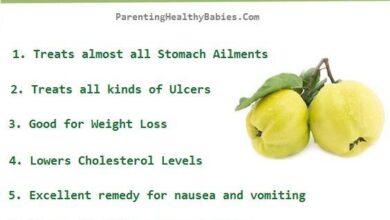The Cultivation and Planting of Soybeans: [Complete Step-by-Step Guide]
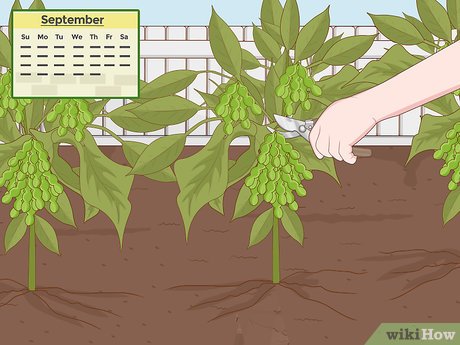
Did you know that soybeans are the most widely used legume in the world to feed livestock? In addition, the percentage of proteins that it has is really high. It was discovered about 3,000 years ago in China. In this article we answer youthe most common questions about this plant and its cultivation.
Important points when sowing soybeans:
- When? In Europe it is grown between June and July, in summer, at temperatures of 20ºC and 30ºC, although in the southern hemisphere it is from September to January.
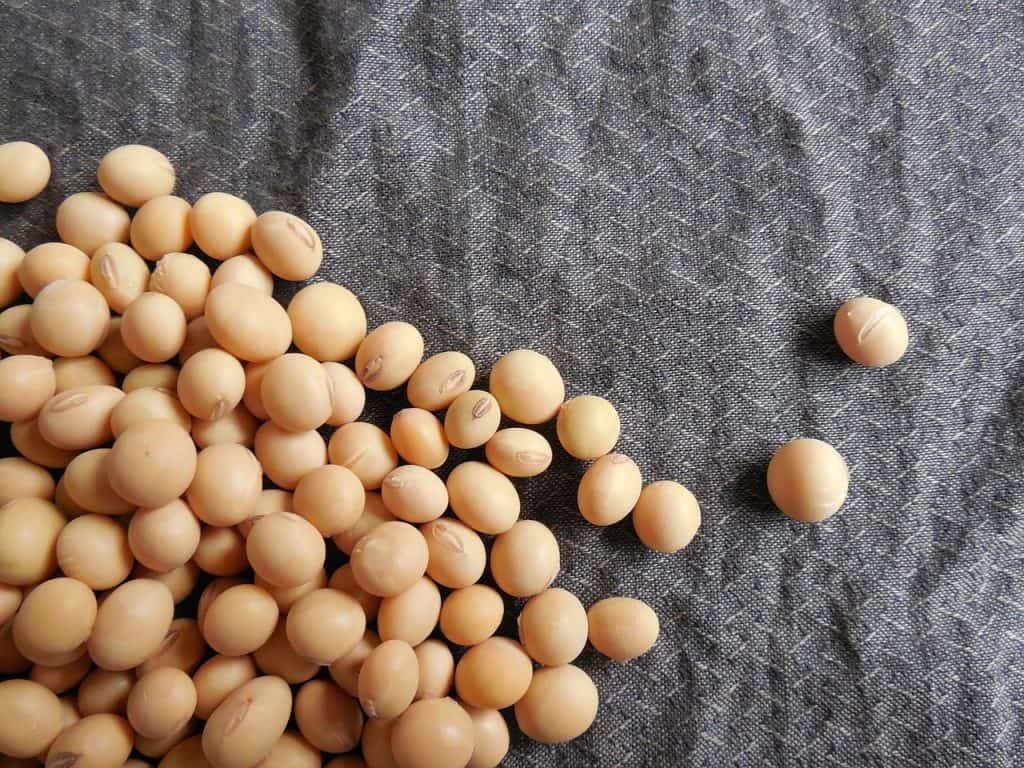
- Where? In neutral or acid soils and with a pH of 6, high yields are achieved.
- Demanding care? Care must be taken with the pests that attack the crops, which are fungi, worms and larvae.
- How to prepare the land? The suitable land is one that is not sandy, until reaching the puddle or clay; the ideal soils are neutral ones, prepared with 40 cm furrows.
- How do we water? Soybeans need a lot of water to germinate.
- When is it harvested? With the change of color of the pods.
- Favorable associations? Corn, beans, rice, chickpeas, and broad beans.
- Unfavorable associations? Spinach, alfalfa, lupins and peas.
- Plagues and diseases? Worms, larvae and fungi.
Other legumes:
When to plant soy?
The ideal time to plant soybeans in Spain is from May to July, since it is in summer when the soil conditions are optimal for planting this legume. 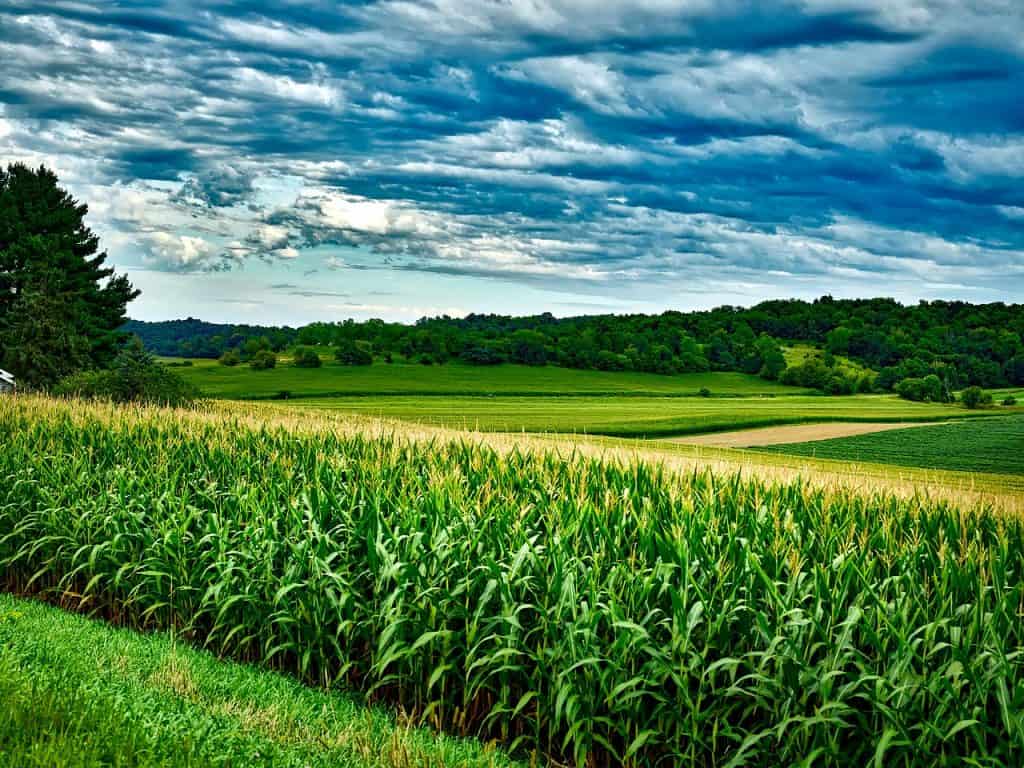 This, because soyneeds hot and humid climatic conditions,with temperatures between 20º and 30º centigrade, but it can resist frosts between –2 or -4º centigrade. In the southern hemisphere, on the other hand, the ideal months are those between September and January. There, the December planting is known as second-date soybean planting. The objective of this type of sowing is the opportunity to obtain two harvests in the same land in a single year.
This, because soyneeds hot and humid climatic conditions,with temperatures between 20º and 30º centigrade, but it can resist frosts between –2 or -4º centigrade. In the southern hemisphere, on the other hand, the ideal months are those between September and January. There, the December planting is known as second-date soybean planting. The objective of this type of sowing is the opportunity to obtain two harvests in the same land in a single year.
Where to plant soy?
Soybeans are commonly used as an alternative crop on poorly fertilized land that is unsuitable for other crops. It develops inneutral or acid soilsand with a PH of 6 high yields are achieved. Cultivation on land that tends to flood or is clayey is not recommended. If the land is flat, it must be well leveled so that the water does not stagnate in the stands. WhatIt is a plant that requires a lot of water.in sandy soils it must be watered frequently. Soybeans are resistant to salinity.
How do we prepare the land for soy cultivation?
The land must be chosen correctly, this is essential, because it must be a land without weeds, without erosion, to maintain a balance between the amount of nutrients and the PH, because that way the soybeans will be healthier and consequently we will be able to harvest them. better. 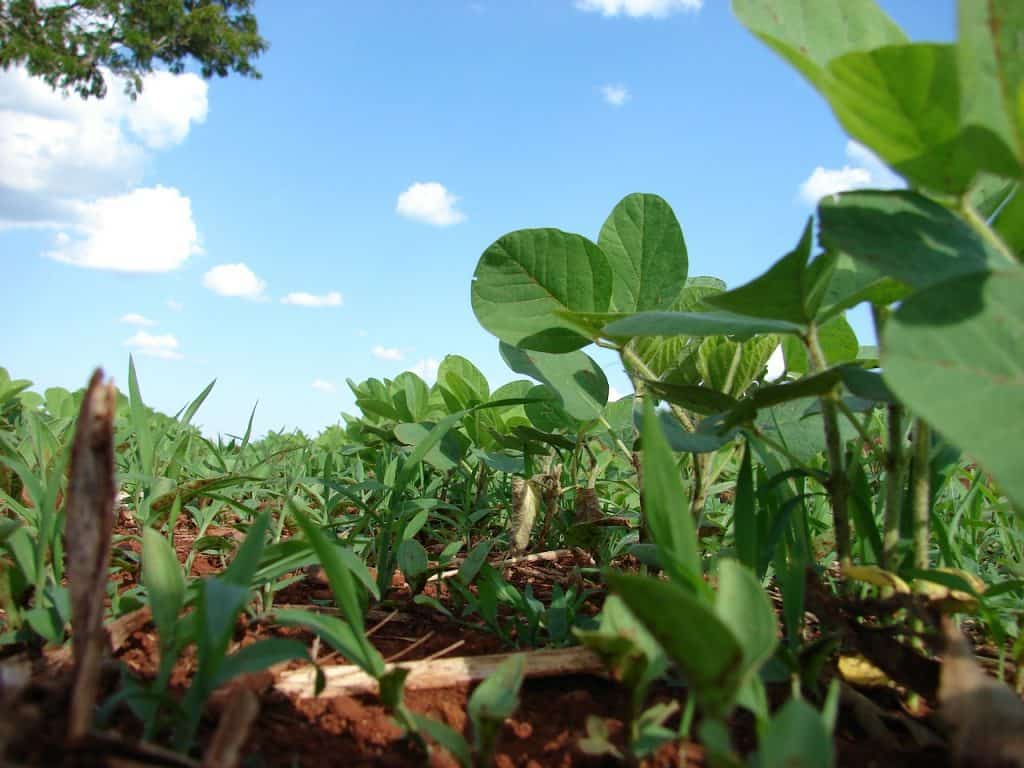 Soybeans need a soil with a lot of nutrients to have an adequate development. If the chosen land has an excess of nutrients or, on the contrary, if it is very poor, soybeans will not develop well. In case the land is starved of nutrients, the use of fertilizers is necessary. Compost, earthworm humus or manure can be used.
Soybeans need a soil with a lot of nutrients to have an adequate development. If the chosen land has an excess of nutrients or, on the contrary, if it is very poor, soybeans will not develop well. In case the land is starved of nutrients, the use of fertilizers is necessary. Compost, earthworm humus or manure can be used.
How do we water?
Soybean seed needs a lot of moisture to germinate. It is estimated that for soybean crops planted in good conditions to obtain maximum yields, they needa portion of water of 500 mm.In the summer, the producer must be more attentive, because the high temperatures, accompanied by an excessive lack of rain, can affect the crops.
Once the seeds have germinated, soybeans are resistant to drought. You should try to keep the humidity, but without flooding the roots and the consequent rotting of these. For this reason, at Sembrar100 we recommend drip irrigation. In summer, more often (every two days), and in winter much more spaced and depending on rainfall.Then the amount of water depends on the phenological state or moment of the development process in which the crop is. In this sense, it is recommended to have strategic complementary irrigation, because this can be fundamental in a good harvest.
How to plant soybean step by step?
- The seeds should be placed in the soil about four centimeters (4 cm.) deep, with the plants about seven centimeters (7 cm.) apart. The seeds will be placed in a row, the furrows should be 40 or 50 cm.
- Once the seeds are sown, the soil should only be watered so that it remains moist, as too much water can cause the seeds to crack.
- The farmer must establish the conditions for planting in order to optimize the harvest, therefore he must establish an adequate distance between rows and plant population density.
- If the population is too high, the plants compete with each other, but if it is too low, the producer would be losing yield.
- Therefore, to establish the distance between rows, the growth habit, the earliness of the plant, the availability of water and nutrients must be considered.
The harvest and collection of soybeans
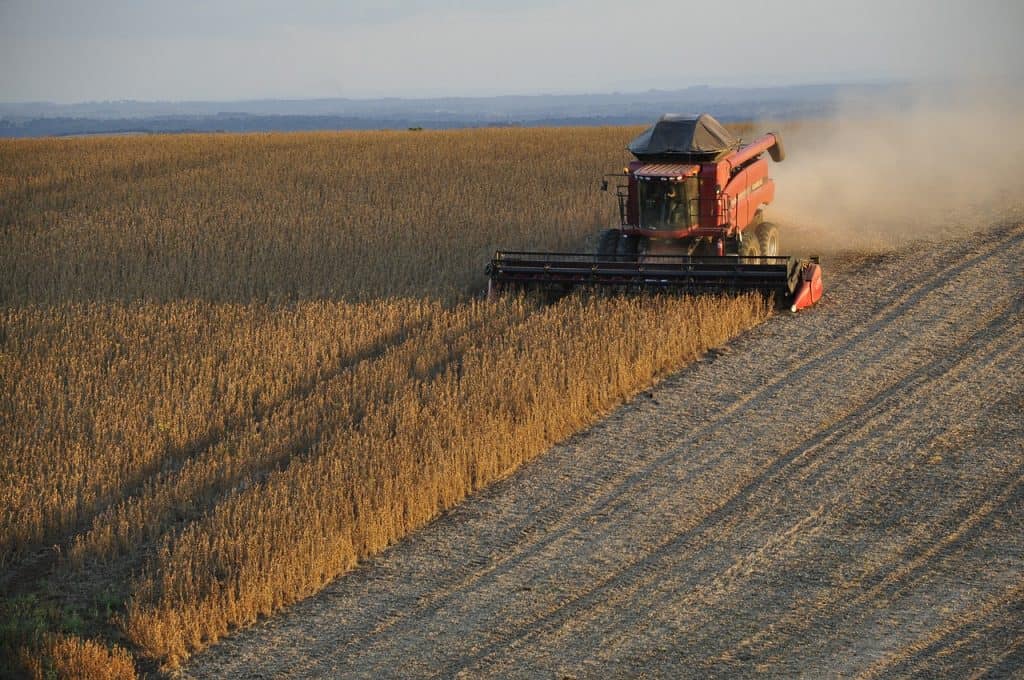 We will start harvesting soybeans whenthe pods of this legume change color.Specific,They will change from brownish green to dark green.At this time we will harvest them. It is convenient to be attentive to this moment because it occurs in a short time. The lower pods begin to change color and little by little the upper ones change. Harvesting can be done with a machine specialized in harvesting crops, such as wheat or corn.
We will start harvesting soybeans whenthe pods of this legume change color.Specific,They will change from brownish green to dark green.At this time we will harvest them. It is convenient to be attentive to this moment because it occurs in a short time. The lower pods begin to change color and little by little the upper ones change. Harvesting can be done with a machine specialized in harvesting crops, such as wheat or corn.
What favorable associations does it have?
The association of different crops in the same soil can result in an improvement in the use of soil nutrients, sunlight and the air environment, a lower appearance of pests and, consequently, greater plant health. Associations NOT favorable:Therefore, the correct association must be chosen for our plant in cultivation, to prevent viruses; For example, some plants such as spinach, alfalfa, broad beans, lupins and peas carry many viruses, so care must be taken with them.In the case of soybeans, Emerson Morais, a Brazilian expert (the country that produces the largest amount of soybeans in the world),considers that corn and ricethey complement soybeans and strengthen the practice of crop rotation. Other crops that have favorable associations with soybeans are kidney beans, chick peas, and broad beans.
What pests and diseases does it have?
Soybean cultivation is attacked throughout its vegetative cycle by pests that occur in different phases. But not all insects considered pests cause significant damage from an economic point of view. Therefore, the use of insecticides must be aimed at reducing the main pests and must be applied at the right time. Worms, larvae and fungi attack soybean crops.It can be attacked by an invasion of weeds that compete with soybeans for water, light and nutrients, causing difficulties for the mechanical harvesting of the grain.

![Photo of Planting Avocados: [Forms, Transplantation, Irrigation, Soil and Diseases]](https://www.complete-gardening.com/wp-content/uploads/2022/08/planting-avocados-forms-transplantation-irrigation-soil-and-diseases-390x220.jpg)
![Photo of Jasmine Cuttings: [Concept, Season, Rooting and Planting]](https://www.complete-gardening.com/wp-content/uploads/2022/08/jasmine-cuttings-concept-season-rooting-and-planting-390x220.jpg)
![Photo of Wheat Pests and Diseases: [Detection, Causes and Solutions]](https://www.complete-gardening.com/wp-content/uploads/2022/08/wheat-pests-and-diseases-detection-causes-and-solutions-390x220.jpg)
